Introduction
Bamboo has long fascinated gardeners and nature enthusiasts alike, thanks to its rapid growth, versatile applications, and its sheer elegance in any landscape setting. As the plant world continues to evolve, bamboo stands out not just for its beauty and resilience, but also for its role in promoting sustainable gardening practices. In this guide, we'll delve into every aspect of bamboo care, offering insights for novices and seasoned gardeners alike.
Whether you're contemplating bamboo for an indoor zen corner or looking to create lush privacy screens outdoors, understanding its unique characteristics is key to unlocking its full potential. This article aims to comprehensively cover bamboo care, highlighting its environmental benefits and versatile use, while also introducing you to some of the exceptional offerings from our collection at Plantology.
Understanding Bamboo

Types of Bamboo
One of the most important first steps in caring for bamboo is understanding the different types available, as they vary significantly in growth habits, appearance, and care requirements.
Clumping vs. Running Bamboo
Clumping Bamboo: This variety grows in tight, circular patterns and spreads gradually. Its non-invasive nature makes it an ideal choice for gardeners who desire a low-maintenance plant that won’t overtake their garden space. Species like Bambusa and Fargesia are popular clumpers.
Running Bamboo: In contrast, running bamboo spreads rapidly and can cover large areas through its underground rhizomes. While species like Phyllostachys offer quick-growing screens, they require careful management and containment to prevent unwanted spread.
Notable Species
Understanding specific bamboo species can greatly enhance your selection process.
- Bambusa Vulgaris: Known for its decorative yellow canes, ideal for ornamental use.
- Fargesia Rufa: A hardy and cold-resistant clumper, perfect for privacy hedges.
- Phyllostachys Aureosulcata: Often chosen for its bold green and yellow color, used extensively in landscapes.
Ideal Growing Conditions for Bamboo

Soil Requirements
Bamboo thrives in well-drained, fertile soils with abundant organic matter. The soil’s pH should range between 6.0 and 6.5 for optimal growth. Regularly incorporating compost or organic fertilizers can significantly enhance soil health and nutrient levels.
Light Exposure
Most bamboo varieties prefer full sun but can tolerate partial shade. Situate your plants where they receive at least 4-6 hours of sunlight, avoiding areas that might trap excess heat, especially for sun-sensitive species.
Watering Guidelines
While bamboo needs consistent moisture, overwatering can lead to root rot. Monitor the soil's moisture by feeling the top inch and only water when this layer feels dry. During growing seasons, increase watering frequency to support bamboo’s rapid growth.
Planting Bamboo
Preparation and Planting Techniques
Proper preparation and planting techniques are integral to establishing a healthy bamboo grove.
Choosing the Right Location
Consider the growth habit and mature height of your selected bamboo. Clumping varieties suit smaller gardens and containers, while running types might require larger, controlled spaces. The right location will minimize maintenance efforts in the long run.

Steps for Planting
- Dig a hole twice the width of the root ball but only as deep.
- Place the bamboo gently in the hole, ensuring the top of the root ball is level with the ground surface.
- Backfill the hole with a blend of native soil and organic compost, pressing firmly to eliminate air pockets.
- Water thoroughly to settle the soil.
Ongoing Care and Maintenance
Fertilization Practices
Bamboo benefits from biannual fertilization, which keeps it lush and robust. Use balanced slow-release fertilizers in spring and mid-summer, tailored to enhance leaf and stem growth.
Pruning for Health and Aesthetics
Regular pruning is not only crucial for maintaining bamboo health but also for aesthetic reasons. Trim dead or weak culms at the base and thin out dense areas to allow for sufficient light penetration.
Pest and Disease Management
While bamboo is relatively pest-resistant, aphids, spider mites, and root rot can occasionally present challenges. Monitor plants regularly and use insecticidal soaps or natural predators like ladybugs to manage infestations.
Winterizing Your Bamboo

Preparing for Cold Weather
In regions prone to harsh winters, specific measures ensure your bamboo stays healthy through the colder months.
- Mulch Heavily: Apply a generous layer of mulch around the base to insulate roots against freezing temperatures.
- Watering Adjustments: Reduce watering frequency but ensure soil doesn’t dry out completely.
- Protective Coverings: Use burlap or frost cloth for particularly sensitive species.
Propagating Bamboo
Methods of Propagation
Whether through division or culm cuttings, propagate bamboo effectively with no special tools beyond ensuring clean cuts and optimal conditions. Division is suitable for clumping types, while culm cuttings work well for runners.
Container Gardening with Bamboo
Choosing Containers and Soil Mix
Consider the mature size of your chosen species when selecting containers. They should provide room for roots to spread while supporting the plant’s top growth.
Managing Growth and Containment
Bamboo in containers can often be limited by root-bound conditions. Consider annual potting if necessary, and refresh the soil to ensure healthy aeration and drainage.
Bamboo in Landscape Design

Creative Uses for Bamboo
Bamboo can be incorporated creatively within any landscape.
- Privacy Screens: Fast-growing bamboo hedges provide natural privacy and noise reduction.
- Accent Plants: Use in Zen or water gardens for dramatic effect.
- Edging and Pathways: Shorter species can define spaces elegantly.
Complementary Plants
Pairing bamboo with complementary species can enhance its visual impact. Consider pairing with our beautiful Adonidia Palm for tropical vibes or Lily of the Nile for height variation.
Environmental Benefits of Bamboo
Bamboo and Sustainability
Beyond its aesthetic and practical benefits, bamboo's rapid growth makes it a champion of carbon sequestration, producing more oxygen and absorbing more CO2 than many trees.
Common Bamboo Problems
Troubleshooting Growth Issues
Uncharacteristically slow growth or leaf yellowing often result from nutrient deficiencies, overwatering, or poor light exposure. Address issues promptly with proper fertilization, watering adjustments, and light modification.
Why Choose Plantology for Your Bamboo Needs

Our Commitment to Quality
At Plantology, we pride ourselves in offering high-quality, sustainably grown bamboo and related products, ensuring that you have access to premium plants for your gardening projects. Explore our full catalog to discover perfectly curated plants for your home or garden.
Explore Our Collection
Whether you're enhancing your living space with bamboo or accentuating any garden, consider our diverse selection of plants. Visit Plantology today to find the perfect plant combination for your design needs.
Conclusion
Bamboo's versatility, beauty, and environmental benefits make it an outstanding addition to any garden or home interior. By understanding its unique characteristics and care requirements, you can cultivate a stunning and sustainable landscape. For those interested in exploring the captivating world of bamboo, Plantology offers expert guidance and a rich selection of other beautiful plants to complement your green sanctuary.
To begin your bamboo journey or explore other plant offerings, shop at Plantology today!
Advanced Bamboo Maintenance Techniques
Optimal Water Management
In ensuring the health of your bamboo, understanding its water needs is critical. Bamboo prefers consistent moisture without waterlogging. An effective method involves using a soaker hose to distribute water evenly across the root zone. Especially during the height of the growing season, ensuring the soil remains evenly moist can prevent stress-related yellowing and promote lush growth.
Case Study: A bamboo grove in a temperate climate thrived when a gardener switched from sporadic watering to a scheduled twice-weekly soaker system, observing a 20% increase in growth rate over one season.

Pruning for Density and Health
Strategically pruning bamboo enhances both the plant's health and its aesthetic appeal. This involves not merely cutting back but shaping the plant to maintain an attractive form. For instance, selective removal of the oldest culms allows light penetration and air circulation, reducing disease risks. Pruning shears should always be sharp and sanitized to prevent the transmission of pathogens.
Pest Control with Integrated Pest Management (IPM)
Bamboo invites several pests, but each can be managed through environmentally friendly strategies. Implementing Integrated Pest Management (IPM) involves combining biological, cultural, and mechanical methods to keep pests in check while minimizing chemical interventions.
- Biological: Introducing beneficial insects such as ladybugs to keep aphid populations under control naturally.
- Cultural: Cultivating a diverse array of plants to disrupt pest habitat and create a balanced ecosystem.
- Mechanical: Use of nets or physical barriers to prevent access by larger pests.
Enhancing Soil Quality for Bamboo
Building Rich, Organic Soil
Bamboo thrives in nutrient-rich soils. Amend your garden with organic matter such as compost, aged manure, or leaf mold to maintain a fertile and well-draining substrate. Through mulching, not only can you control weeds, but you also add nutrients back to the soil as the mulch breaks down.

pH Monitoring and Adjustment
Regularly testing soil pH ensures that it remains within the optimal range of 6.0 to 6.5. If your soil deviates, adjustments can be made using lime to raise pH or sulfur-based amendments to lower it. Periodic testing, especially after modifications, keeps conditions optimal and predictable year-round.
Creative Bamboo Uses in Modern Landscaping
Contemporary Landscape Design
Bamboo serves as a versatile element in modern landscapes, bridging natural beauty with functional design. Due to its vertical growth habit, it’s particularly well-suited for introducing vertical layers into designs comprised primarily of horizontally extensive plants.
Example: A designer incorporated Phyllostachys nigra into an urban courtyard to generate both shade and texture, juxtaposing its elegant, dark culms against minimalist gravel beds.
Aesthetic Pairing with Flora and Materials
Bamboo’s versatility extends to its ability to complement a diverse palette of other garden plants. For instance, pairing it with plants like the Japanese maple can create a visually arresting contrast. When combined with hard materials like steel or glass, bamboo can soften the starkness, merging technology with nature harmoniously.
The Ecological Impact of Bamboo Plantations
Bamboo's Role in Environmental Restoration
Projects aimed at environmental restoration can leverage bamboo to effectively rehabilitate degraded land. Its rapid growth stabilizes soil, reduces erosion, and contributes to biodiversity restoration by providing habitats for various species.

Carbon Sequestration Efficacy
Bamboo's capacity for carbon sequestration outpaces many tree species due to its growth speed and biomass production. A mature bamboo grove actively offsets carbon emissions, contributing significantly to carbon neutrality initiatives in urban ecosystems.
Overcoming Challenges in Bamboo Cultivation
Addressing Invasive Growth Concerns
While running bamboo species are known for their vigorous expansion, strategic containment can mitigate invasive tendencies. Using physical barriers such as root guards made of high-density polyethylene or installing concrete edging can prevent unwanted spread.
Experienced Tip: Installing barriers to a depth of 24-30 inches will significantly contain rhizome growth while allowing the plant to flourish vertically.
Disease Prevention Strategies
Regular inspections and maintenance routines can prevent common diseases such as bamboo mosaic virus or root rot. Ensuring good air circulation, prudent watering practices, and immediate removal of infected culms mitigate disease proliferation effectively.
Exploring Plantology's Bamboo Collections
Innovative Product Offerings
At Plantology, you can discover a spectrum of bamboo species well-suited for every gardening need. Whether you're looking for indoor elegance with dwarf bamboo varieties or landscaping solutions that demand tall visual barriers, our carefully curated selections deliver quality and diversity.

Client Success Stories and Testimonials
Many clients have transformed their spaces with bamboo sourced from Plantology, finding joy in the transformation it lends to everyday environments. Our commitment to quality assurance and customer satisfaction ensures that your bamboo gardening experience is rewarding.
Conclusion and Next Steps
Bamboo’s contribution to sustainable landscaping and ecological health cannot be understated. Through understanding its care and management, anyone can cultivate not just a stunning aesthetic, but a profound commitment to environmental sustainability. For those ready to enhance their gardening pursuits, exploring Plantology’s diverse offerings provides a trusted avenue for both beginning and seasoned horticulturists.
Visit Plantology today to discover how our bamboo selections can begin or enhance your green journey.

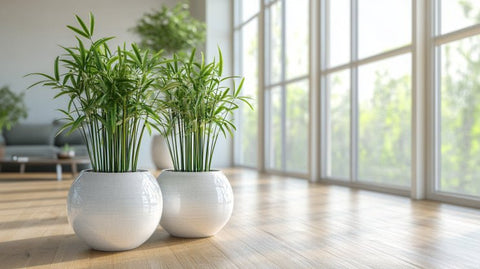

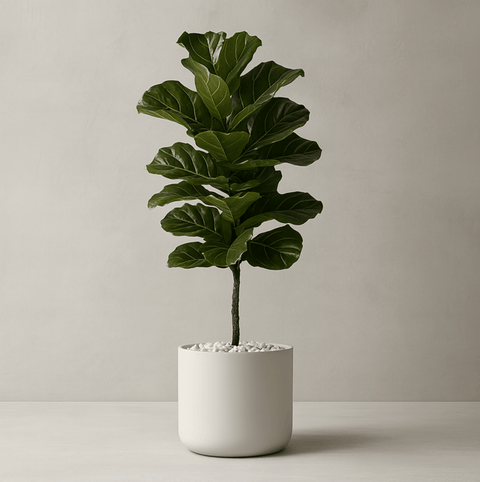
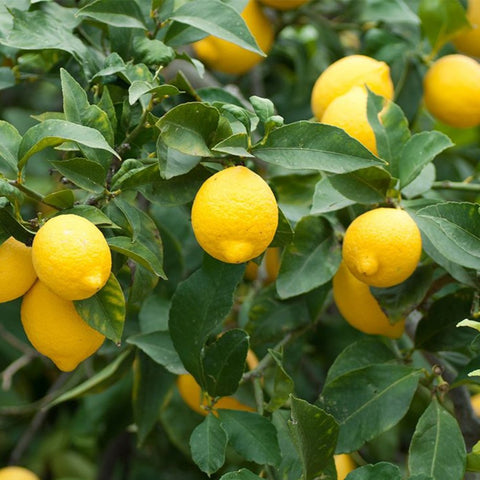
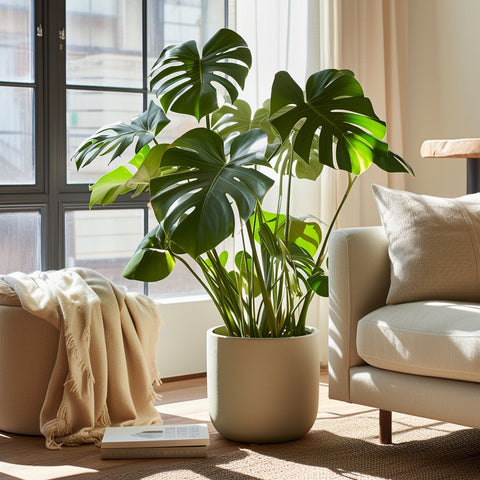
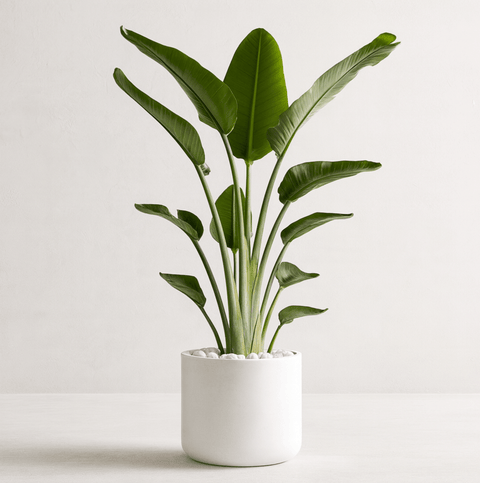
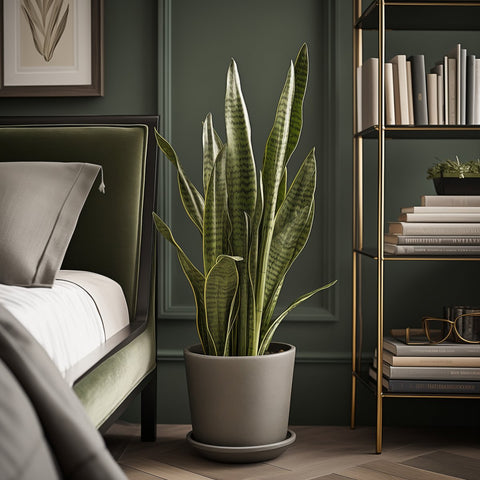
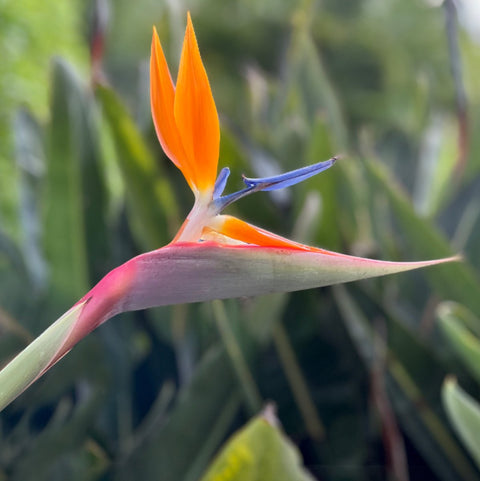
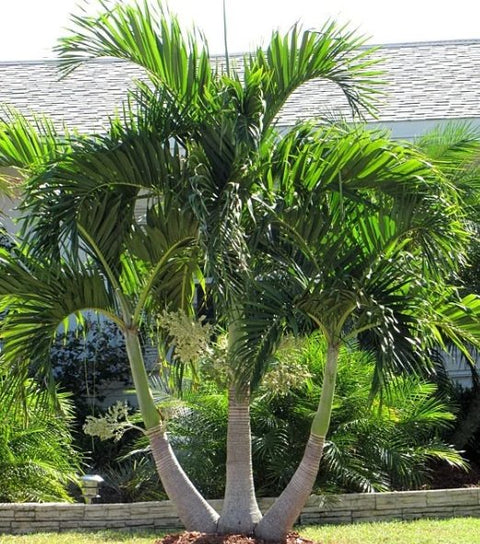
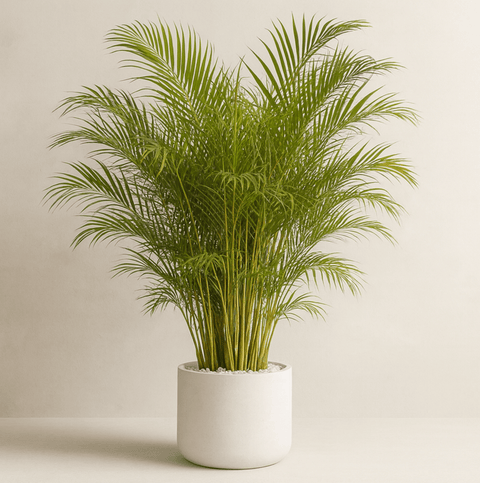
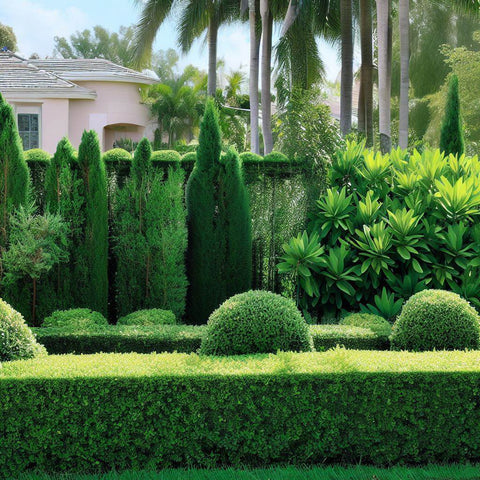

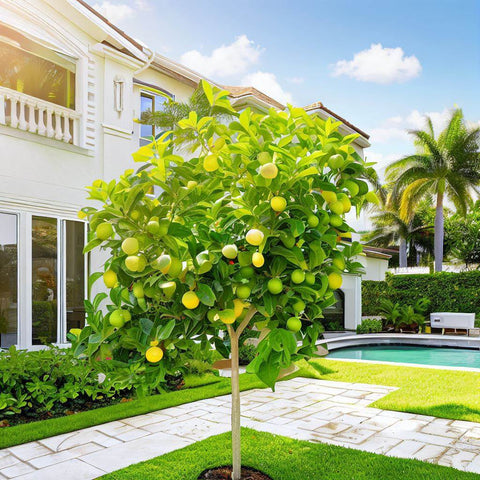
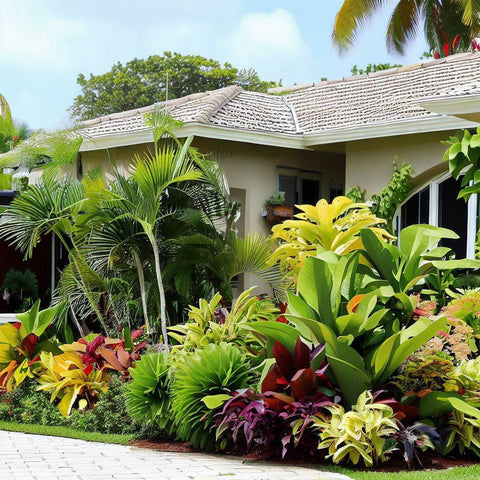

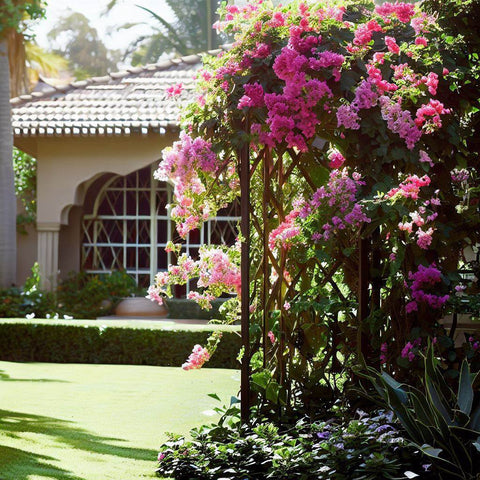
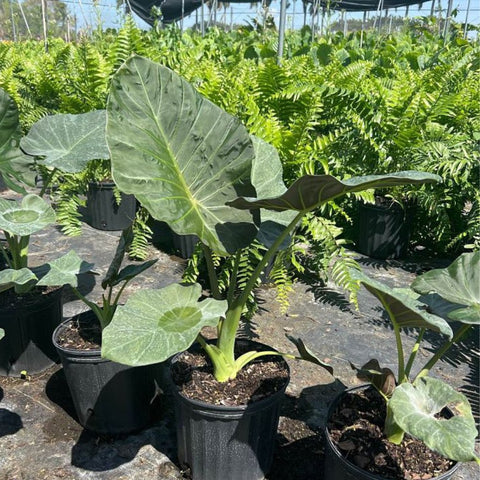
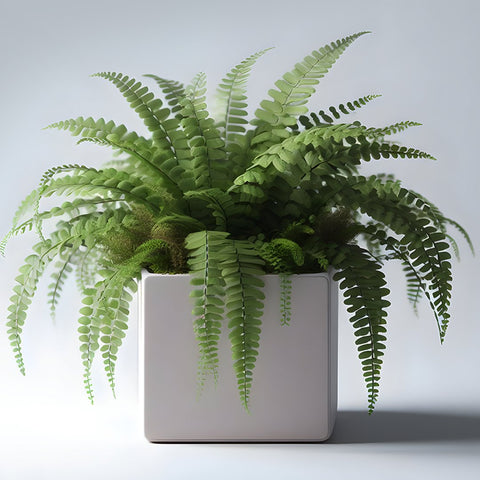
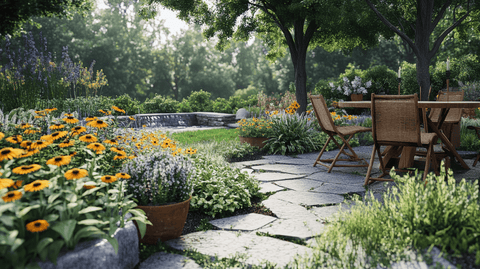
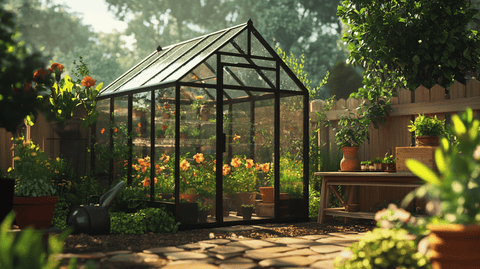

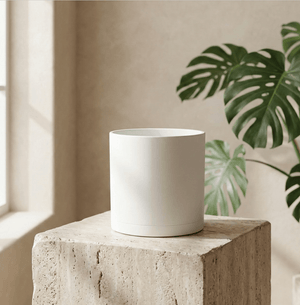
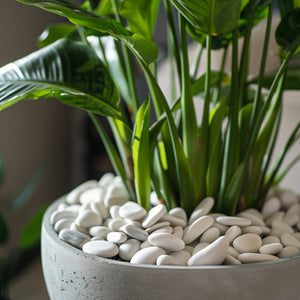

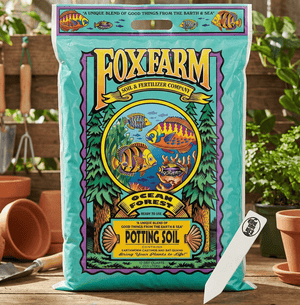
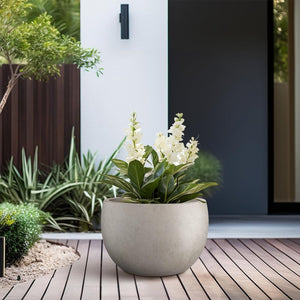



Comments (0)
There are no comments for this article. Be the first one to leave a message!